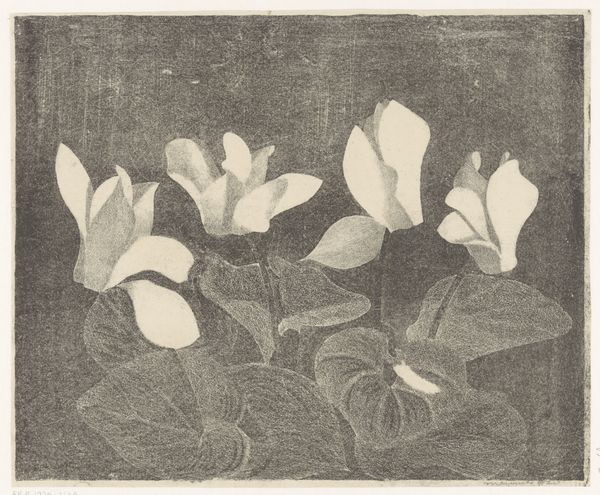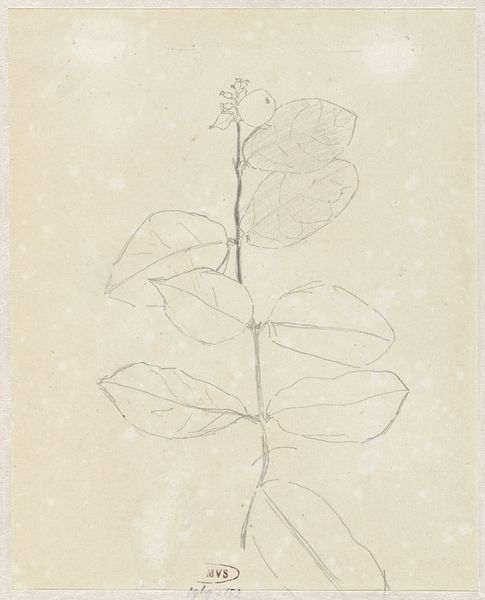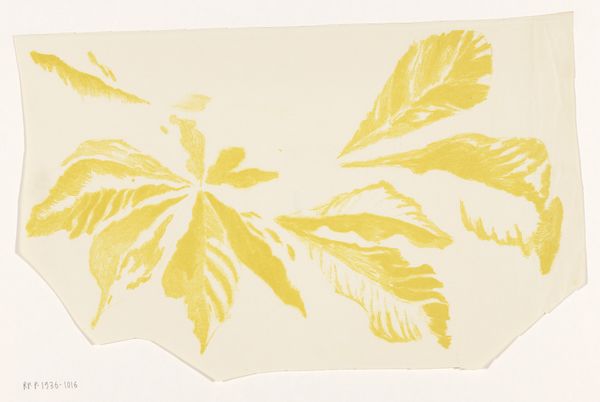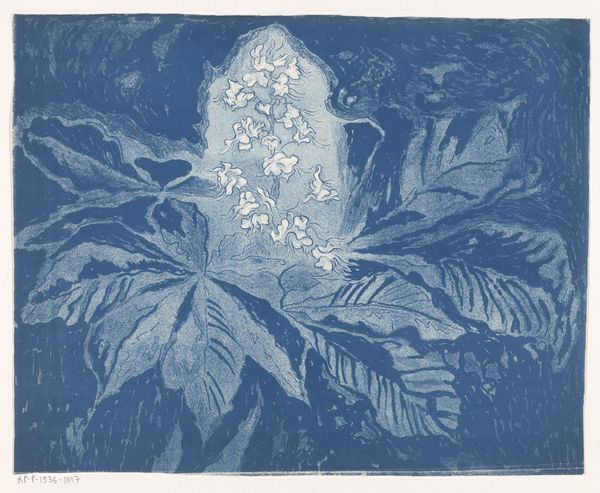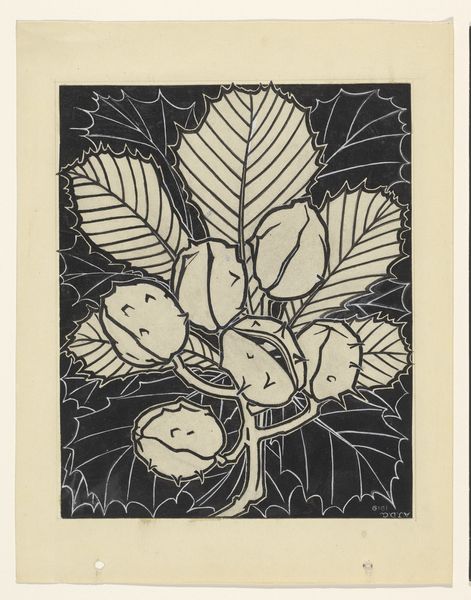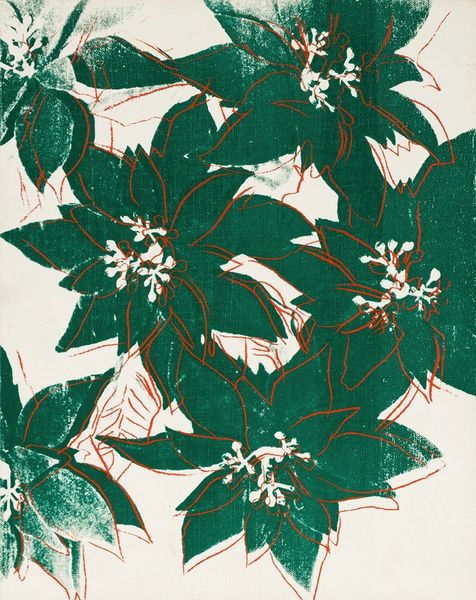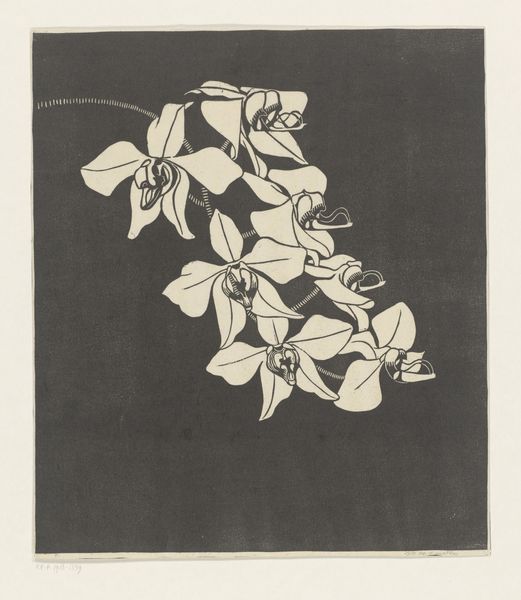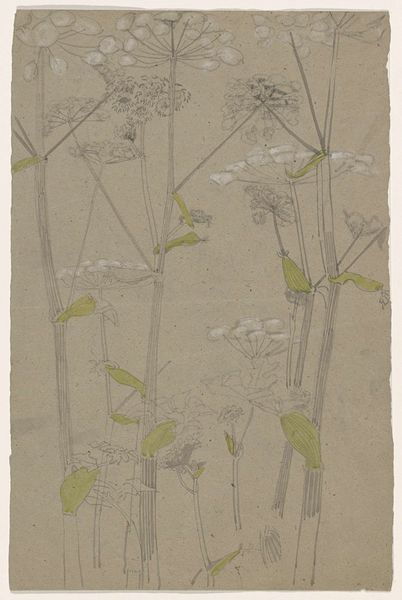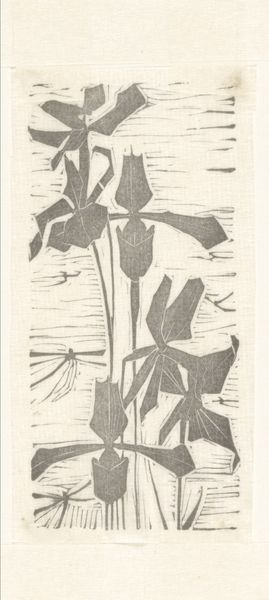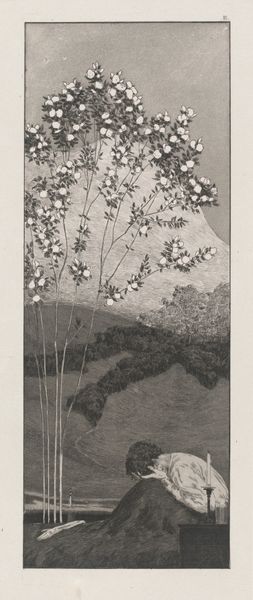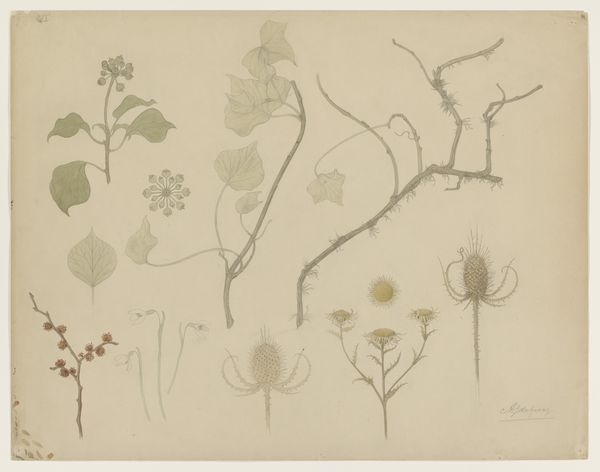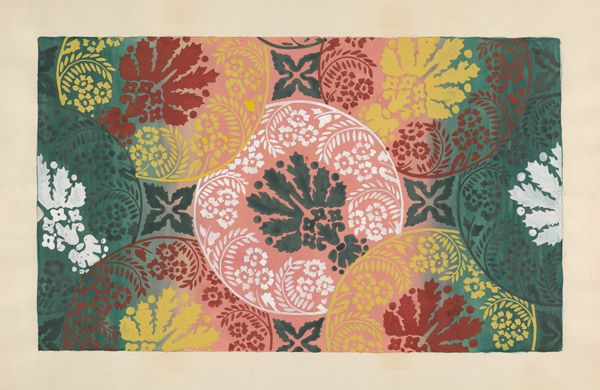
drawing, watercolor
#
drawing
#
water colours
#
impressionism
#
landscape
#
watercolor
#
botanical art
#
watercolor
Dimensions: 7 1/2 x 26 1/4 in. (19.05 x 66.68 cm)
Copyright: Public Domain
Curator: Here we have Henri-Charles Guérard's "Chestnut Tree Leaves," a watercolor drawing created around 1890. The work is currently part of the Minneapolis Institute of Art's collection. Editor: My initial impression is of a gentle study, almost like a pattern swatch, focusing on variations of colour and light within the repeated motif. It’s incredibly subtle. Curator: Absolutely. Guérard, closely associated with the Impressionist movement, was keenly interested in the effects of light and atmosphere, as evident in his process. The work showcases botanical observation and the unique characteristics of the watercolor medium, such as the luminosity achieved through layering thin washes. I wonder, how were botanical artworks perceived within the broader context of 19th-century French society? Editor: Botanical art held a significant place in both scientific and artistic realms. The public was engaged through illustrated publications and exhibitions. Art played a pivotal role in promoting natural sciences and colonial expansion efforts by documenting specimens from various parts of the world. How does Guérard challenge traditional art conventions, since botanical art tended to more scientifically precise. Curator: The looseness is very important. Guérard bridges the gap between scientific representation and artistic expression. The deliberate emphasis on colour gradations suggests an aesthetic value that elevates the work beyond a simple botanical illustration. Its beauty is derived from the technical manipulation of the watercolor—look at the way the pigments separate and pool on the paper. Editor: It makes me think about the market. With increased disposable income in this era, owning watercolors like these allowed the growing middle class to connect with art in the context of interior decoration. Curator: That's very insightful, this probably had implications about accessibility of the artwork beyond elitist galleries. Editor: I suppose the work resonates as a study in material engagement; a play of color and a reminder of changing seasonal qualities. Curator: Yes, a thoughtful composition, blending a meticulous depiction of the chestnut tree with a sensitive rendering of its inherent textures and material essence.
Comments
minneapolisinstituteofart almost 2 years ago
⋮
Henri-Charles Guérard was an ardent collector and admirer of Japanese art, going so far as to learn to write with Japanese characters. In Chestnut Tree Leaves, he used a horizontal swath of yellow silk as the support for his drawing. Using several stencils, Guérard created a frieze of large and small chestnut leaves across the surface. He used a vaporisateur (atomizer) to apply subtle sprays of orange, blue, and green paint, after which he painted the distinctive veins and stems of the chestnut leaves.
Join the conversation
Join millions of artists and users on Artera today and experience the ultimate creative platform.
